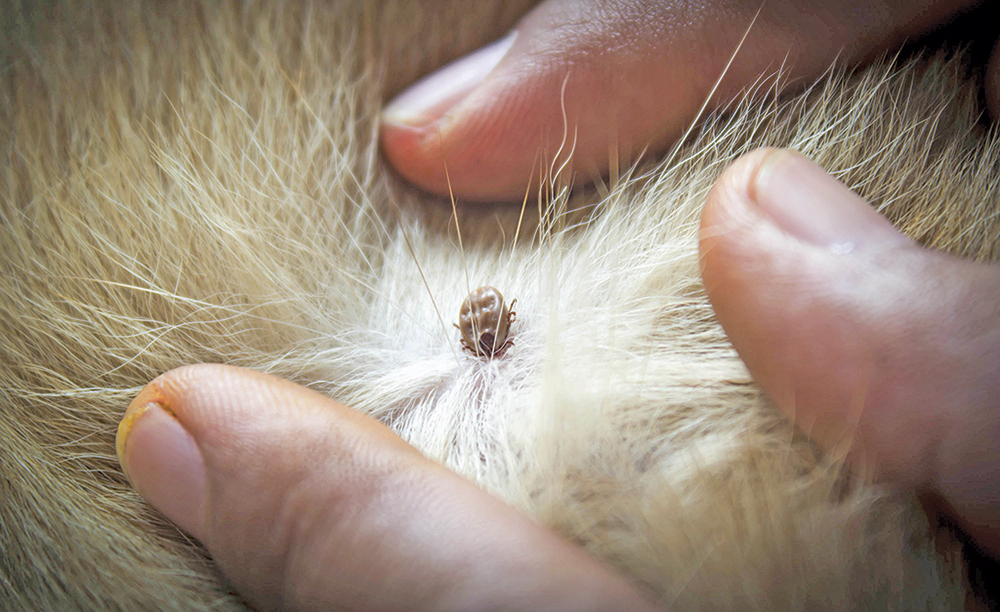 As spring arrives, it brings warmer weather, longer days, and the inevitable return of ticks. While these parasites can be found year-round, their activity peaks during spring and summer, especially in regions with warm weather interspersed with rainfall. For pet owners, the most concerning of these pests is the paralysis tick, a potentially deadly threat to our furry companions.
As spring arrives, it brings warmer weather, longer days, and the inevitable return of ticks. While these parasites can be found year-round, their activity peaks during spring and summer, especially in regions with warm weather interspersed with rainfall. For pet owners, the most concerning of these pests is the paralysis tick, a potentially deadly threat to our furry companions.
Understanding paralysis ticks
Australia is home to around 75 different species of ticks, but the paralysis tick (Ixodes holocyclus) is the most dangerous to pets. This tiny arachnid is commonly found in bushy coastal areas along the East Coast of Australia, ranging from North Queensland to Eastern Victoria. Although ticks are most prevalent from spring to autumn, they can pose a threat at any time of the year.
The paralysis tick is particularly hazardous because it injects a potent neurotoxin into its host as it feeds. This toxin can cause progressive paralysis, respiratory depression, and, in severe cases, death, especially in animals with no immunity to the toxin.
Identifying a paralysis tick
Identifying a paralysis tick can be challenging, particularly if the tick is not fully engorged. Paralysis ticks can be identified by their grey body and legs close to the head. Paralysis ticks have one pair of brown legs closest to their head, then two pairs of white legs and then one pair of brown legs closest to the body.
Due to the difficulty in accurately identifying ticks, it is crucial to seek veterinary attention immediately if you find one on your pet. A veterinarian will not only remove the tick safely but can also determine if it’s a paralysis tick and provide the necessary treatment to mitigate any potential effects of the toxin.

What to do if you find a tick on your pet
If you discover a tick on your pet, it’s essential to seek veterinary treatment immediately. Even if the tick has been removed, taking your pet to a veterinarian is critical, as symptoms of tick paralysis can develop hours to days after the tick is detached. Early symptoms of tick paralysis include unsteady coordination, weakness or collapse, vomiting, changes in vocalisation, and difficulty breathing. These signs require urgent veterinary care.
Prevention is key
Preventing tick infestations is the best way to protect your pet. Various parasite prevention products, including topical applications, rinses, sprays, and collars, are available. However, none of these methods offer 100 per cent protection, making regular tick checks essential, especially if you live in tick-prone areas like Winmalee, Yellow Rock and Castlereagh. It is vital to use tick prevention products exactly as directed and most importantly, do not to use any products designed for dogs on cats as these can be extremely toxic to cats.
Conducting a thorough tick search involves running your hands through your pet’s coat, down their legs, over their stomach, and to the tip of their tail. Combining these searches with regular vet health checks will give your pet the best protection against ticks. For more information on tick prevention and treatment, contact us at Orchard Hills Veterinary Hospital.

